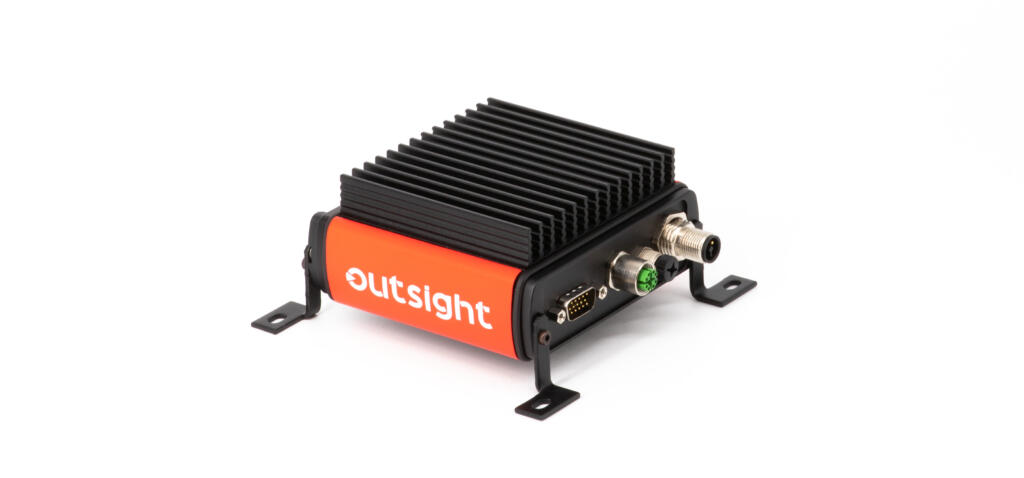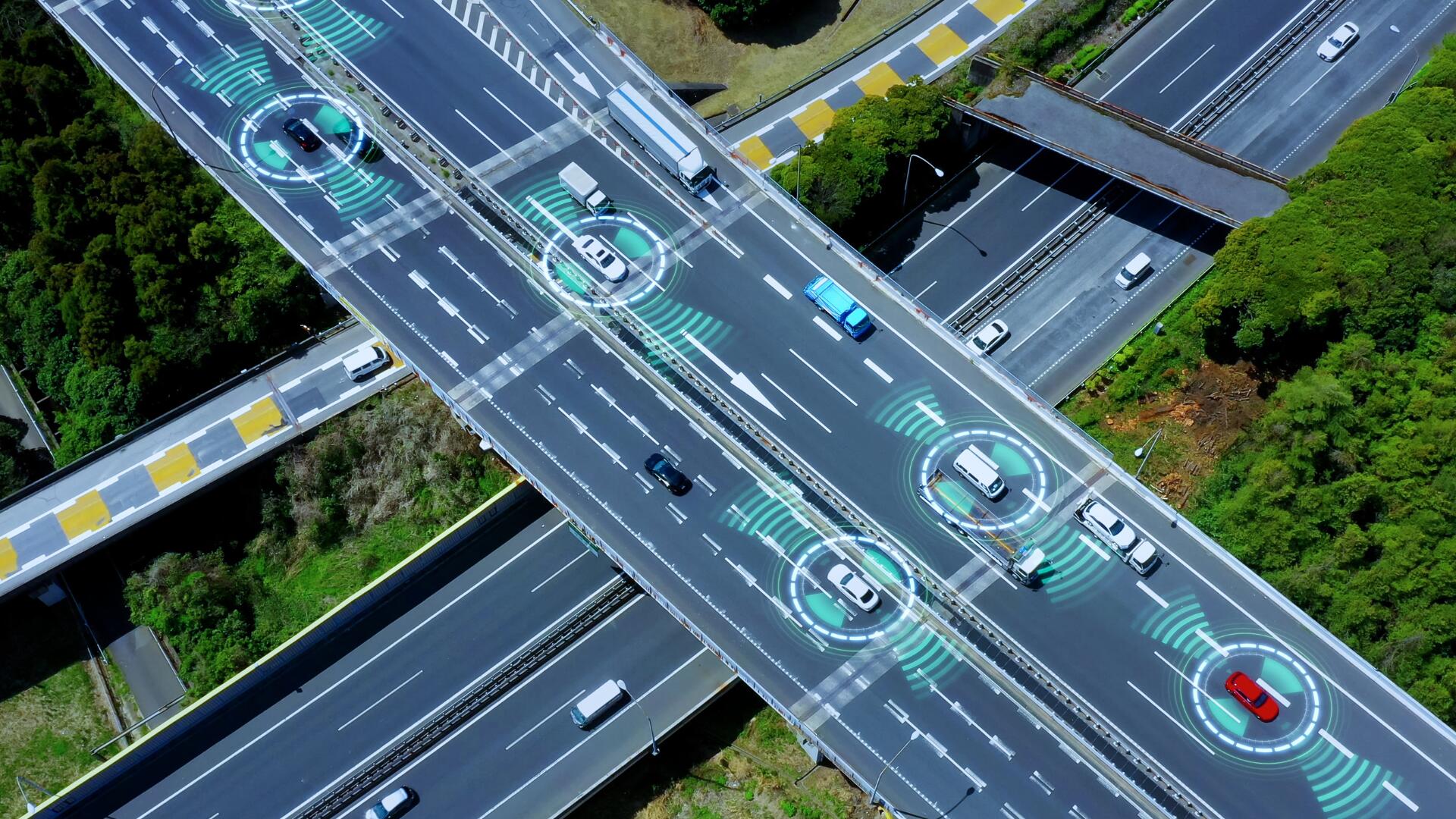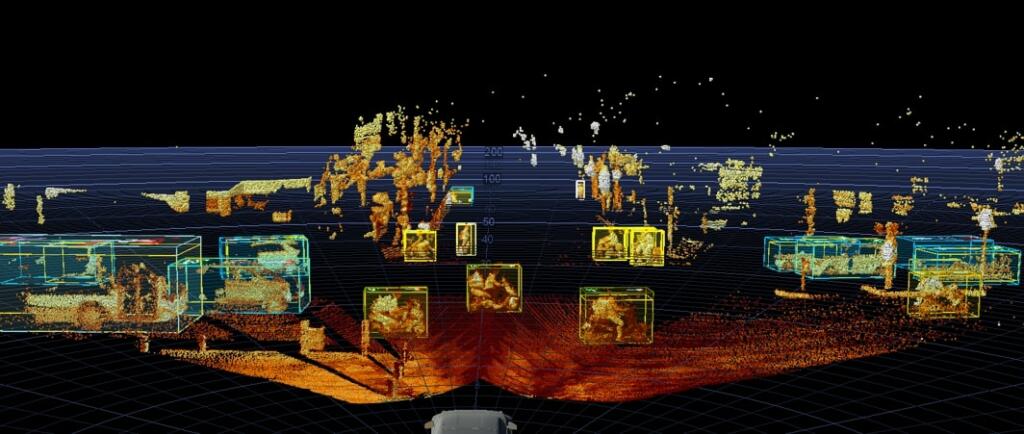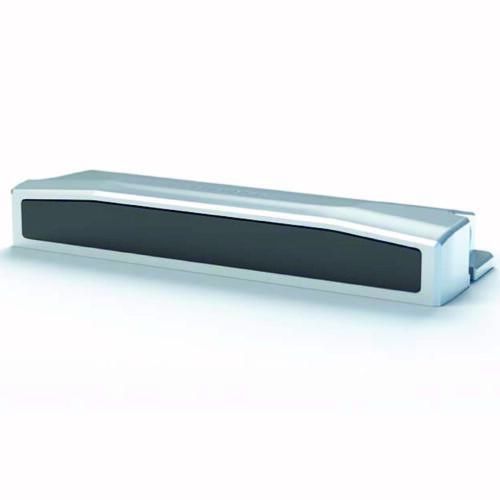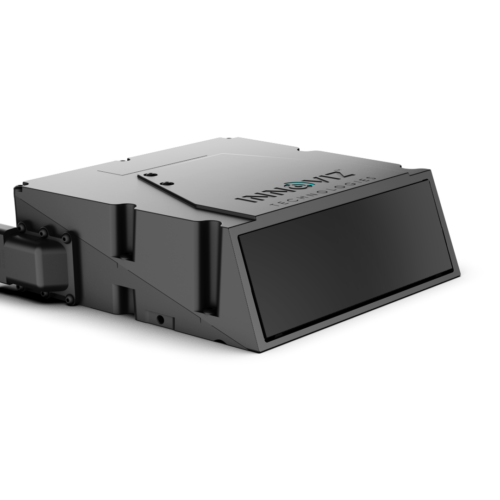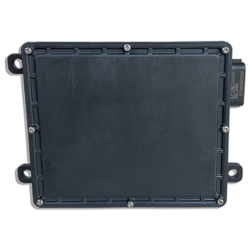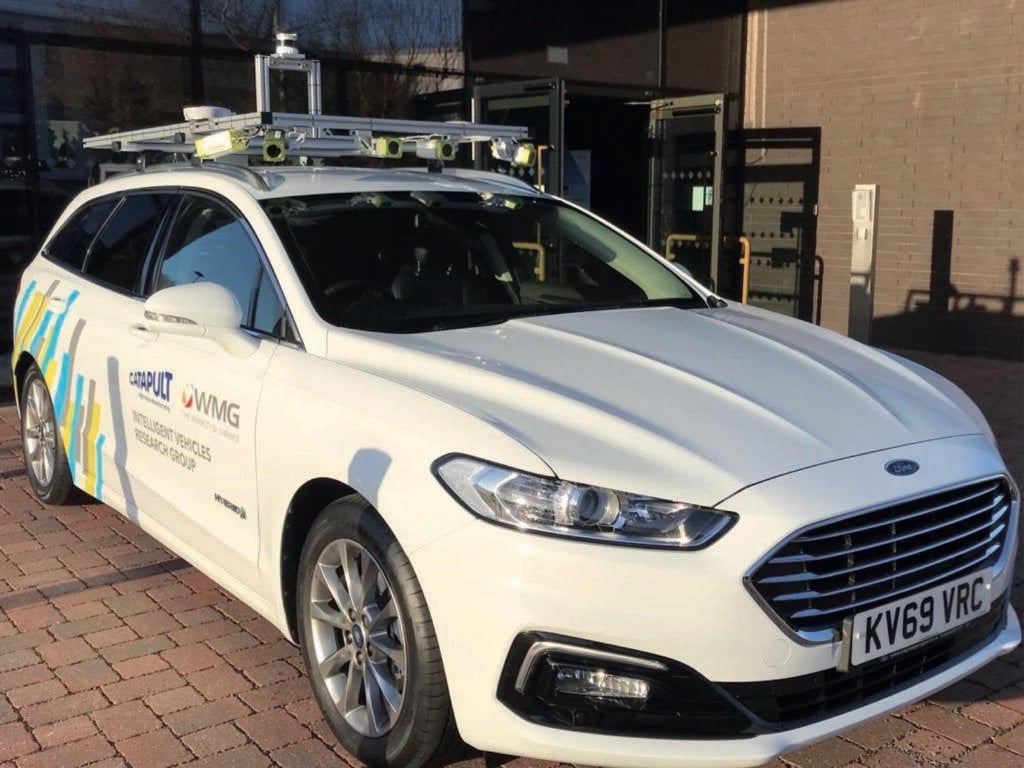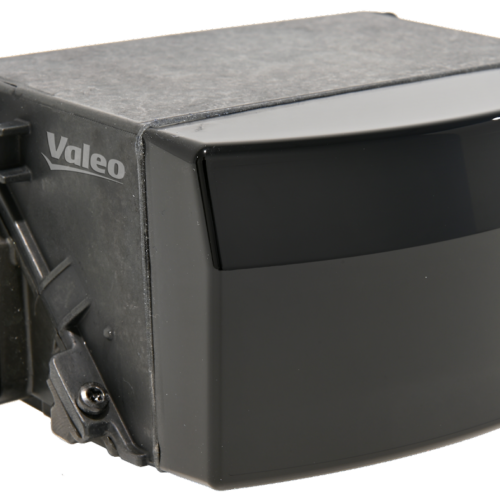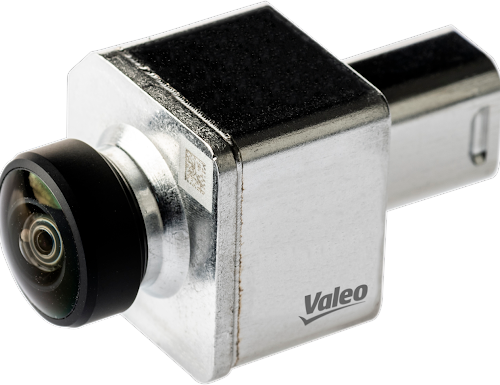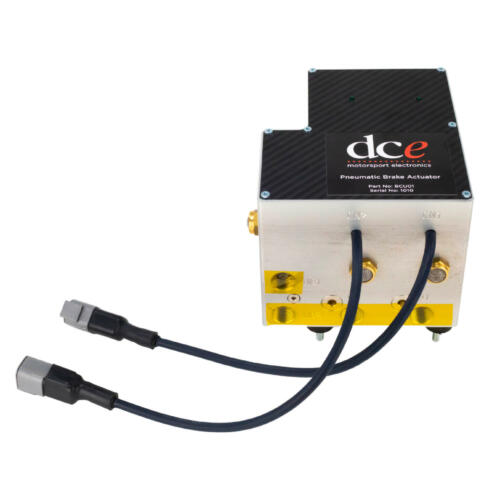Future of Mobility with Cutting-Edge Automotive Technologies
The automotive sector is moving towards automated, connected and efficient systems. A wide variety of sensors, positioning solutions and integration services play a role in driving this change. These resources enable manufacturers, developers and researchers to develop more dependable and intelligent vehicles. This includes driver assistance systems (ADAS) and fully autonomous driving solutions.
ADAS
Advanced Driver Assistance Systems (ADAS) systems utilize sensors such as cameras, RADAR, LiDAR and ultrasonic devices along with complex software to enable functions like adaptive cruise control, lane keeping assistance and collision prevention. ADAS assists drivers in navigating challenging traffic scenarios more safely and smoothly. Functions like alerts for lane detection and automatic braking play a significant role in reducing the likelihood of accidents and promoting safer road conditions. As ADAS technologies progress they pave the path for the future of self driving cars representing an advancement toward more intelligent and interconnected transportation systems.
Recommended
Autonomous Vehicles
Advanced sensor systems like LiDAR, cameras and RADAR work in harmony with AI algorithms to understand and respond to the environment, making them the backbone of any Autonomous Vehicle. This sophisticated technology allows for management of steering, braking and acceleration by analyzing data in real time whilst improving safety for occupants and fellow road users alike.
Recommended
Speak to our experts
Level Five Supplies offers a comprehensive portfolio of LiDAR products from some of the world’s leading manufacturers ensuring that you can find the perfect sensing solution for your application.

